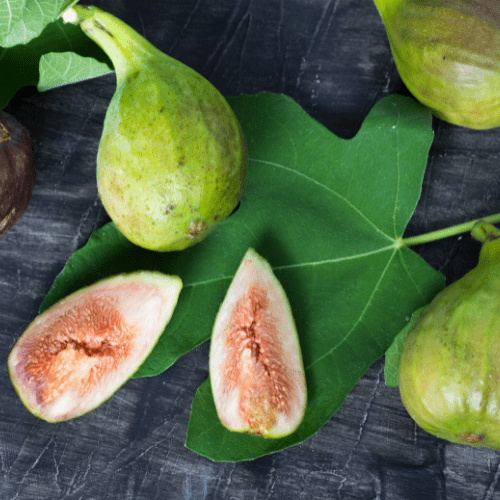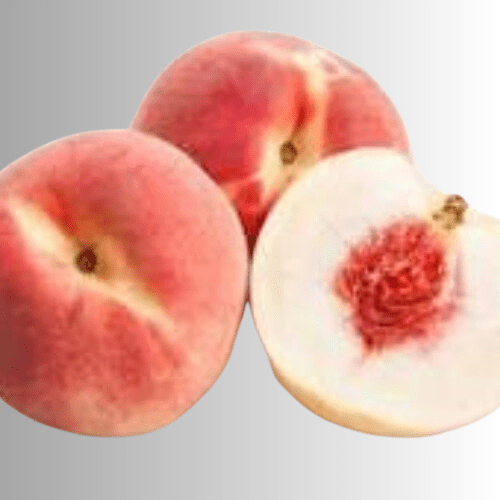Position:
Full sun. At least 8 hours a day. They do not thrive in humidity and grow best in regions with hot, dry summers and mild, but cool winters. Plant 3 m apart
Size:
At 10 years this tree could reach 3-4m with a spread of x2-3m (naturally compact variety, can be kept smaller with pruning).
Winter hardiness: moderately hardy to approximately -10°C; requires protection in colder regions; excellent for container cultivation allowing winter protection
Breeding heritage: FS17 was developed as an Italian clonal rootstock through mass selection of Frantoio variety seedlings. This cultivar gained prominence specifically for its proven resistance to Xylella fastidiosa, the bacterium responsible for Olive Quick Decline Syndrome. The variety demonstrates limited desiccation and low bacterial populations when infected, making it a crucial tool in combating this devastating disease that has affected millions of olive trees across southern Italy and the Mediterranean region.
Soil Type:
Adaptable to various soil types; prefers well-drained, neutral to slightly alkaline conditions (pH 6.5-8.0).
Add a bag of acid compost to the soil, along with half a bag of our Volcanic Rock Dust (R25 per bag) and a bag of Superfrass (R25 per bag). This combination will facilitate rapid growth while also protecting the roots from insect damage.
Mulching:
All fruit trees thrive if they are protected with good-quality mulch. Generous servings of pine bark mulch and green pine needles spread around the trunk of the tree help eradicate weeds, slightly lower the pH, and protect the roots from harsh UV sun rays. Mulch also helps to keep the roots damp. Be careful not to apply mulch too close to the tree trunk, as the water it retains can cause the trunk to rot.
Watering:
Drought-tolerant once established; requires excellent drainage; moderate watering during the growing season to improve flowering and fruit development, and avoid waterlogged conditions
Fertilising:
Apply 1 t every 4-5 months of our all-purpose slow-release fertiliser.
Pruning:
Olive trees produce fruit on the previous year’s branches. Dead and dried branches need to be cut away. Prune lightly to open the canopy.
Harvesting:
FS-17 can be harvested from February. The oil content of olives reduces as the fruits ripen.
All olives start green, then gradually ripen to a pinkish colour and then to dark purple. The time you harvest them depends on how the olives will be used.
Pick olives when fully ripe and black for black table olives. Olives must either be put in brine or pressed to make oil within 3 days of harvesting. Otherwise, they turn sour.
Pests & Diseases:
Aphids, citrus psylla, red scale, citrus greening. Spraying regularly with Agricultural Neem Oil or Effective Microorganisms (EM Control ) will assist in either prevention or after the fact. If you already have aphids or mites, wash the tree with a harsh hosing, and when dry, spray with Neem oil or EM Control.
Practice good garden hygiene (remove fallen fruit and leaves).
Watch for root rot (caused by overwatering) and fungal infections during wet periods.








